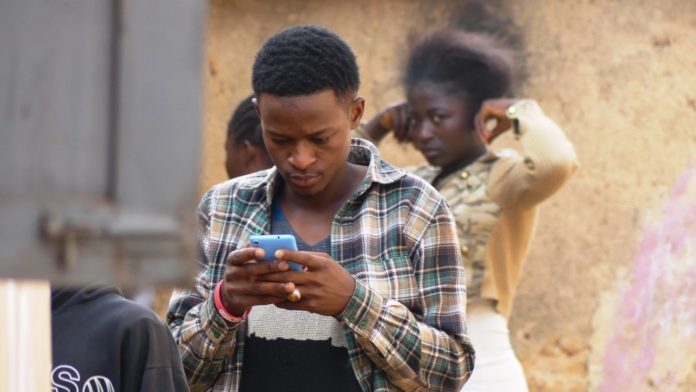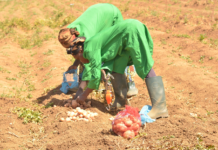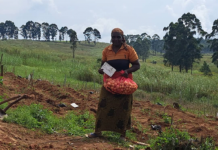
The United Nations Children’s Fund says too little is done to protect children from the perils of the digital world and increase their access to safe online content.
Its flagship “State of the World’s Children” report focusing on children in a digital world, explores how digital technology is affecting children’s lives and life chances, identifying dangers as well as opportunities.
Young people are the most connected age group worldwide: nearly 7 in 10 young people are online, compared with half of the total population.
It says governments and the private sector have not kept up with the pace of change, exposing children to new risks and harms while leaving millions of the most disadvantaged children behind.
“For better and for worse, digital technology is now an irreversible fact of our lives,” said UNICEF Executive Director Anthony Lake.
“In a digital world, our dual challenge is how to mitigate the harms while maximizing the benefits of the internet for every child.”
For disadvantaged children, including those growing up in poverty of affected by humanitarian emergencies, digital technology offers access to information, builds skills for the digital workplace, and gives them a platform to connect and communicate their views.
But one in every three youth around the world, around 346 million people, are not online, worsening inequities and reducing their ability to take part in a digital economy.
African youth are the least connected: around 3 in 5 youth are offline, compared with one in 25 in Europe.
UNICEF says only collection action can “level the digital playing field” and make internet safer and more accessible.
It recommends affordable access to high-quality online resources, protecting children from harm online, safeguarding their privacy and identities, and teaching digital literacy to keep children informed, engaged and safe.
More than half of all websites are in English, leaving many children unable to find content they understand or that is culturally relevant.
Nearly 9 in 10 child abuse urls identified globally are hosted in five countries—Canada, France, the Netherlands, the Russian Federation and the United States.
The report calls for children to be the centre of digital policies.























